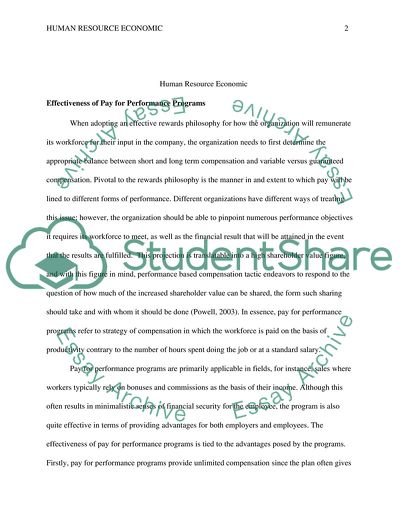Cite this document
(The Development of Human Resources and Sound Management of Economic Statistics Project, n.d.)
The Development of Human Resources and Sound Management of Economic Statistics Project. Retrieved from https://studentshare.org/human-resources/1792438-human-resource-economic
The Development of Human Resources and Sound Management of Economic Statistics Project. Retrieved from https://studentshare.org/human-resources/1792438-human-resource-economic
(The Development of Human Resources and Sound Management of Economic Statistics Project)
The Development of Human Resources and Sound Management of Economic Statistics Project. https://studentshare.org/human-resources/1792438-human-resource-economic.
The Development of Human Resources and Sound Management of Economic Statistics Project. https://studentshare.org/human-resources/1792438-human-resource-economic.
“The Development of Human Resources and Sound Management of Economic Statistics Project”, n.d. https://studentshare.org/human-resources/1792438-human-resource-economic.


